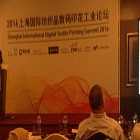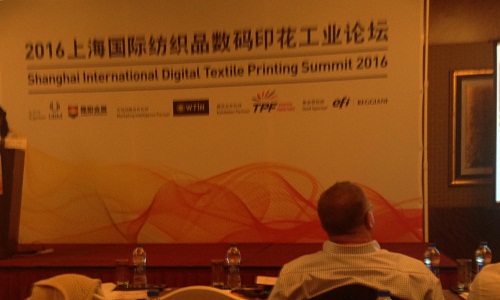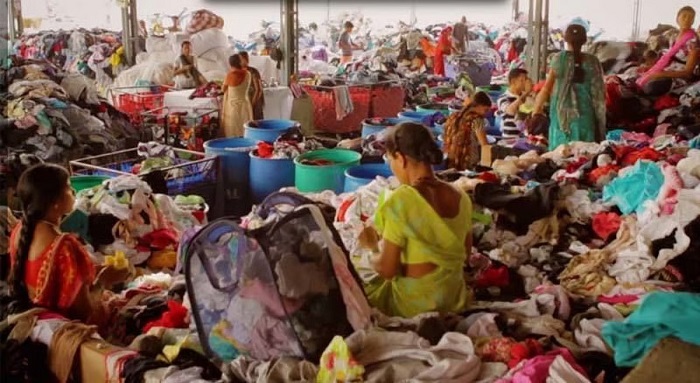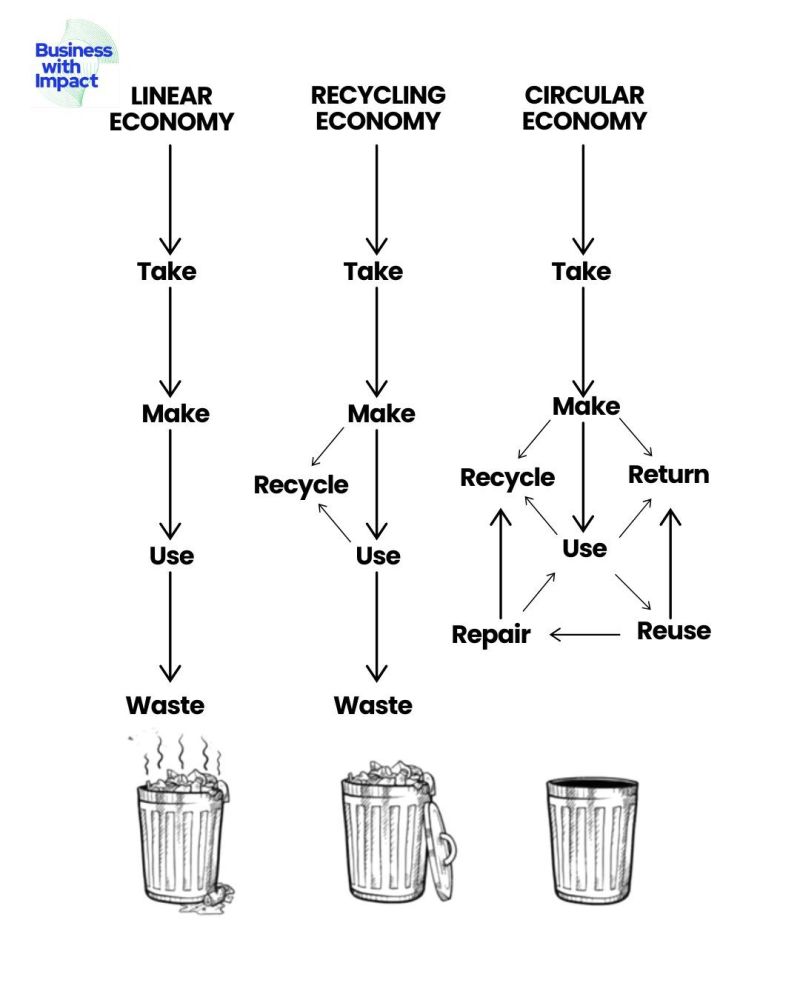"The one day conference on Digital Printing held in Shanghai as a precursor to the International Digital Printing Industry Fair (TPF 2016, 17-19 April) started on a positive note. With the theme that ‘Fast growing Textile printing to co-exist with the traditional printing source,’ James Rankin, Market Intelligence Lead-WTiN set the motion as a keynote speaker."

The one day conference on Digital Printing held in Shanghai as a precursor to the International Digital Printing Industry Fair (TPF 2016, 17-19 April) started on a positive note. With the theme that ‘Fast growing Textile printing to co-exist with the traditional printing source,’ James Rankin, Market Intelligence Lead-WTiN set the motion as a keynote speaker.
Digital advantages
Rankin emphasized amongst other things the growing global market for textile digital printing where the new normal versus conventional printing. Even though digital printing is still in early days, it’s only since last 5-7 years it’s coming of age, he observed. These are some of the key advantages it offers over the conventional to make it a winner. Short delivery time; no need of plate making and sizing, delivers identical production, short run, more ecological and sustainable, a faster process and preparation process is short. There is much better consistency in quality, helps avoid production waste and response time is less, speed to market is faster. Digital printing allows to run your imagination wild, allows design freedom, unique patterns and colour spectrums are quite wide. And of course this can be used for large scale as well. There’s almost no water used and it works on water conservative technology.

From the end user’s perspective, with increasing pressure of shorter delivery time, fast turnaround in the fast fashion world is supporting the digital printing case. The client today wants best printed quality any which way. To control cost, we need to embrace this new age printing. It improves surface appeal and gets you the opportunity to better your pricing power and profitable sustenance, observed Rankin.
Johanny Zhao, Commercial Manger, SPG Prints, a co-presenter at the conference said, though analogue still enjoys maximum share but momentum is on the digital side, with an annual growth of 30 per cent plus and synthetic fiber will be a growth driver in the time to come and increasingly its share versus natural is improving through the period. Asia accounts for 40 per cent of global market and within Asia, China and India along with Pakistan are emerging blocks. Turkey is showing a steady growth and European demand is stabilizing and Central America is emerging. The revelation however was although as of now India ranks 6th largest market by size but by scope and growth rate, it is surprising many especially the width and the depth it offers
Emerging applications
In digital printing, garments as of now got a share of 2/3 rd of the pie and the rest comes from home textiles. Though home fashion application is very challenging but is retarded by global slowdown rather than its acceptance level, the speakers observed at the conference.
As far as the hardware part of the industry is concerned, Japanese and Italian markets are amongst the global front runners. But at the same time, the local manufacturing outcome witnessed in China and India cannot be ignored, the speakers said. Big players like HP are also waiting with a bated breath to see how the whole story unfolds before unleashing to make a good sense for them.
Meanwhile supply chain is also putting pressure for sustainable and responsible products with minimum environmental impact. The conference appreciated the initiatives of global brands/retailers like Levi’s to reduce water consumption across production line up. Uniqlo another global retailer stressing on the recycling and company called DYECOO intending to reduce water consumption also got appreciation from the conference.
As of now, growth of textile digital printing is between 2-3.6 per cent of the global printing market. In the existing scenario is rotary around 65 per cent, flat bed around 25 per cent. But going forward, it expects to go up to as high as 10 per cent by 2020, according to industry experts.
Challenges ahead
However, lack of real time understanding of the technology, mindset, under utilization of machinery, the need to create the right kind of environment for getting the best results are cited as the stumbling block in the growth of digital printing. The conference observed that the digital printing shall co-exist in the near to end term basis and with the conventional printing and will not really take over the traditional industry growth despite of being very competitive. Technology should follow the history. Digital technology should complement rather than replacing conventional methods to produce sustainable and environmental friendly products.











